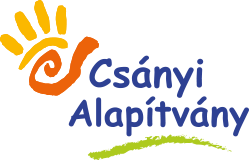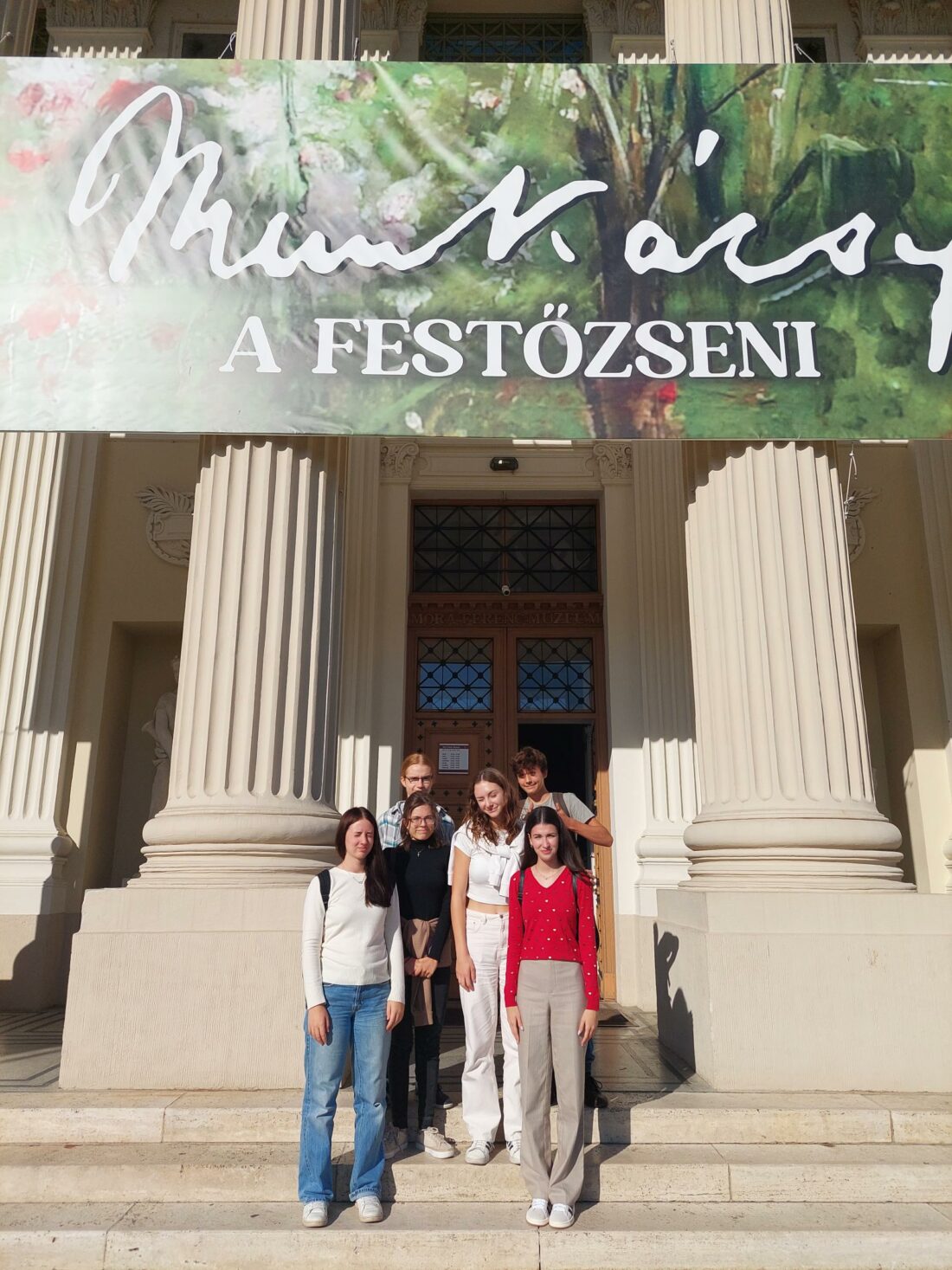
A day in the world of arts
On Saturday, September 21, we had the opportunity to attend three presentations related to our current project on Greek themes. The first presentation was a PowerPoint report by Izabella Patyi on Greek art. It was a fascinating 35-40 minutes, and I felt everyone was captivated by it. She discussed the artistic periods and the changes that occurred throughout those eras. We could see how the representation of the human figure evolved while maintaining the anthropocentric principle—focusing on human beings. We viewed temples that clearly showed they were created by humans for humans. We learned to differentiate between Ionic, Doric, and Corinthian columns. We also admired how simple storage vessels used for grains depicted everyday life or Olympic sports. It was as if they sent a message to posterity through these images.
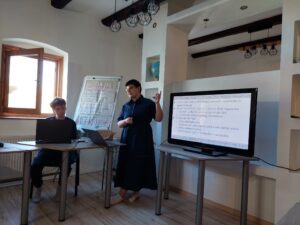
The second presentation was given by the brother of one of our classmates, Csongor Kohári, who studies in the artistic division of the Tömörkény High School and Vocational School. We listened to Csongor speak about painting with the same interest as the first presentation. Starting from cave paintings and going up to Dalí, he covered major artistic periods.
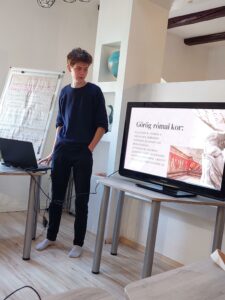
Last but not least, our mentor, Gyöngyi Novák, gave a presentation on image analysis. We looked at how to interpret a work of art and the parameters that characterize it. After capturing our first impressions, we discussed the artwork’s details, its creation technique, genre, theme, composition, colors, brushwork, and the underlying message. She brought several images and paintings for us to process, each providing a secondary meaning that connects the artwork to our time. This was very interesting, and we laughed a lot, as many of the interpretations took a humorous turn. During the afternoon, we talked about portfolio defense with Bella and Martina Vincze, a university student who resides with us.
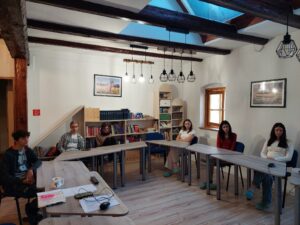
Afterwards, we walked to the Móra Ferenc Museum, where we viewed the works of Mihály Munkácsy. In relation to this, we received an exciting task: we had to select a painting and analyze it based on given criteria. What I enjoyed most was articulating why we chose it, what message it conveyed to us, and what it meant for us. This made our connection with the painting truly personal. At the end of the museum visit, there were interactive tasks and interesting activities that we really enjoyed trying out. We could identify deceptive proportions and shades of color, and we had the chance to draw on grid paper. Our day concluded at the museum, enriched with a lot of new knowledge and information.
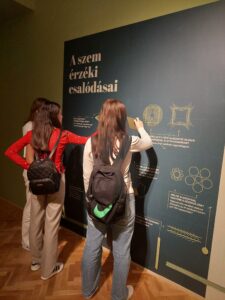
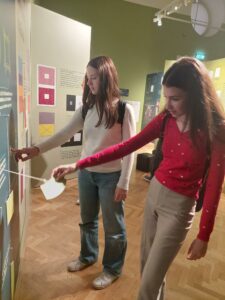
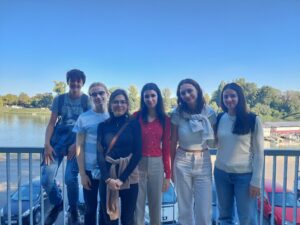
Tünde Sztancsik, Szeged Group 3
